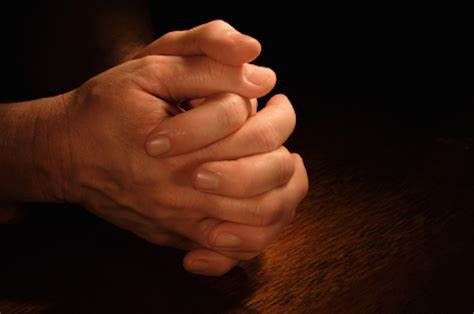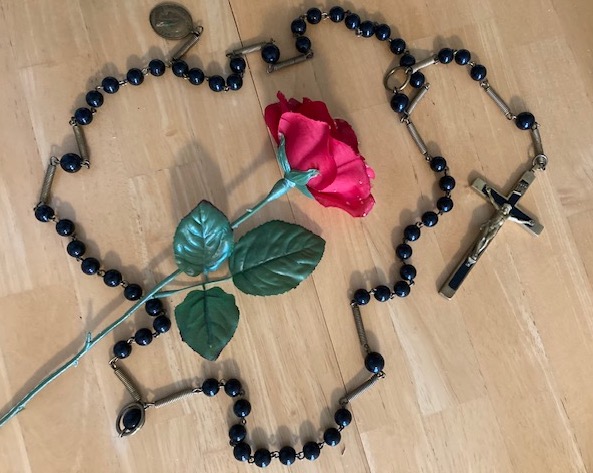
Saints of old practiced what we would consider bizarre penances. St. Thomas More wore a hair shirt under his clothing. In pictures St. Rose of Lima has a crown of roses. She actually wore a thick silver circlet with spikes on the inside (like a crown of thorns). When I entered the convent, we were gradually introduced to a variety of penitential customs the Sisters practiced, which were done away with after Vatican II. The Catholic Church known for centuries for fasting from meat on Friday, lifted this mandate, though some form of penance is still required in remembrance of Christ’s sacrifice for us on that day.
Strangely, when I looked up penance in the comprehensive index of the Catechism of the Catholic Church, it wasn’t there! But ascesis, a synonym, was. However, it has only three brief mentions. Under the section on chastity, it is in a list of means to remain faithful to baptismal promises and resist temptations. (2340) Another place states that “ascesis enhances the mastery of the will over its acts.” (1734) The lengthiest mention is this: “There is no holiness without renunciation and spiritual battle. Spiritual progress entails the ascesis and mortification that gradually lead to living in the peace and joy of the Beatitudes” (2015).
So, since hair shirts have gone out of fashion along with chains and self-flagellation, how do we practice mortification (dying to self) today? As an older Sister, I live a rather comfortable life. I’m not even bound any longer by the strict Lenten fasts. Examining my life, I drew up a list of a few “penances” that are worthy substitutes for the physically harmful ones of the past. You will probably be able to identify with them.
I practice penance when I . . .
• don’t procrastinate
• get out of bed as soon as I wake up (unless it’s 3:30 a.m.!)
• patiently listen to someone tell a story they’ve told umpteenth times before
• am still kind to someone who hurt my feelings

• donate blood
• go outside for a walk every day
• refrain from snacks at night
• unclutter my wardrobe
• make that doctor’s appointment I’ve been putting off
• volunteer for something especially when no one else does
• call a person I’ve been out of touch with for a time
• let someone else tell a story or anecdote when I could have
• smile when I don’t feel like it
The Catechism does have a section on penance. In my opinion, its most valuable sentence is this: “Taking up one’s cross each day and following Jesus is the surest way of penance.” (1435)
It occurred to me that saints who lived centuries ago did not have to deal with the ready-made penances we face today. They didn’t need to learn how to use a computer, post on facebook, or join a zoom meeting. They didn’t have to take a driver’s test or deal with rush-hour traffic. They were even spared getting a vaccination and a colonoscopy!
Recently I edited the book Lucia of Fatima and was reminded that the Angel and Mary exhorted us to do “penance, penance, penance.” So why practice penance or accept “involuntary penances”? Penance gains grace. We grow closer to God, which is the chief benefit of penance. Practicing penances makes us stronger, better able to deal with trials. When penances are offered to God and united with Christ’s suffering on the cross, they make up for sins, ours and others’. When we pray the Morning Offering, this is taken care of: we already give God every moment of the day.
Here’s something to reflect on: What penances did Jesus practice?
• What could you add to my list?









2 Responses
Hello,
Thanks for such a great article!
When I checked the Index of the Catechism of the Catholic Church, I did find a section labeled “Penance,” as well as “Ascesis,” with examples listed.
You are right, Liz! I don’t know how I missed it. Thanks for checking!